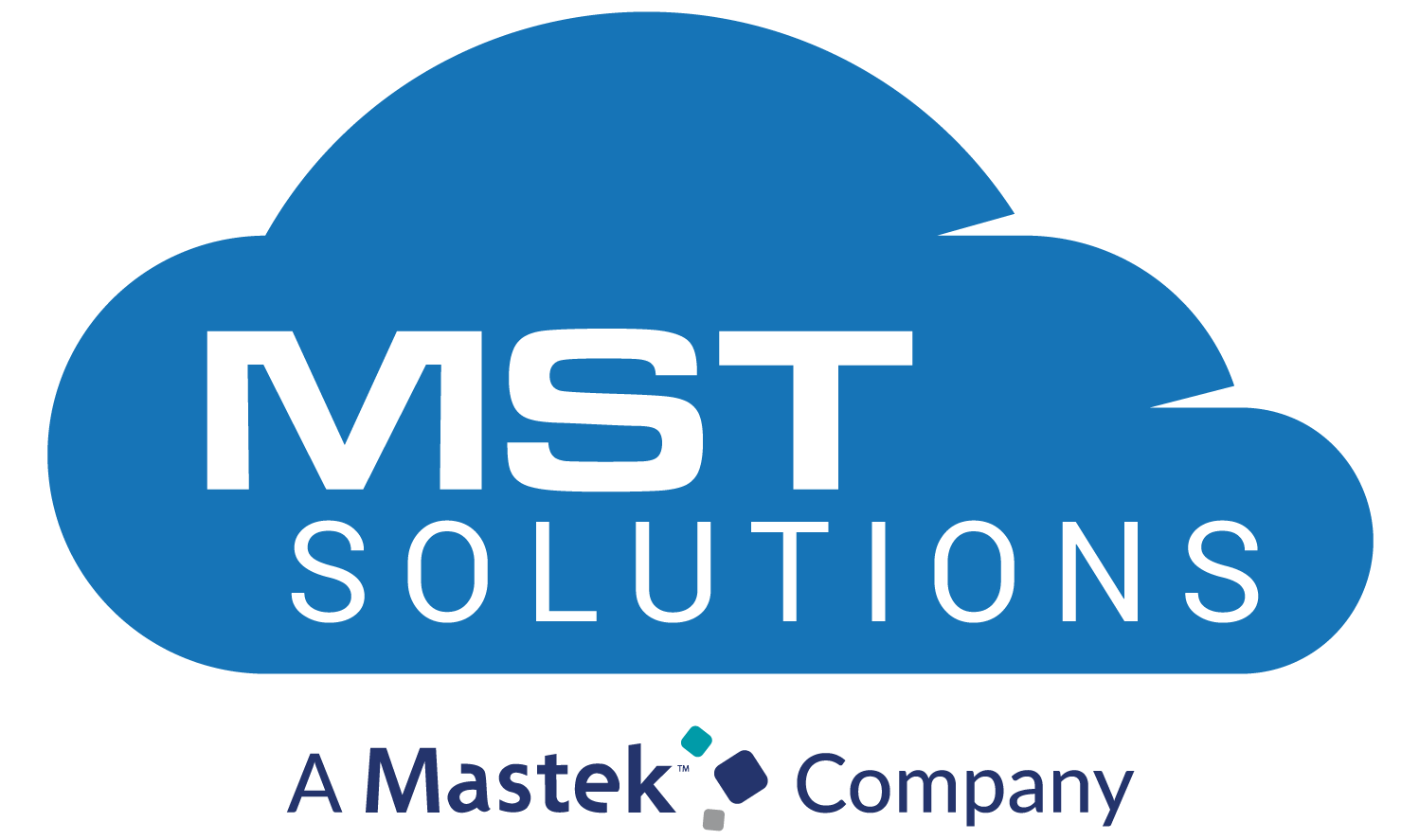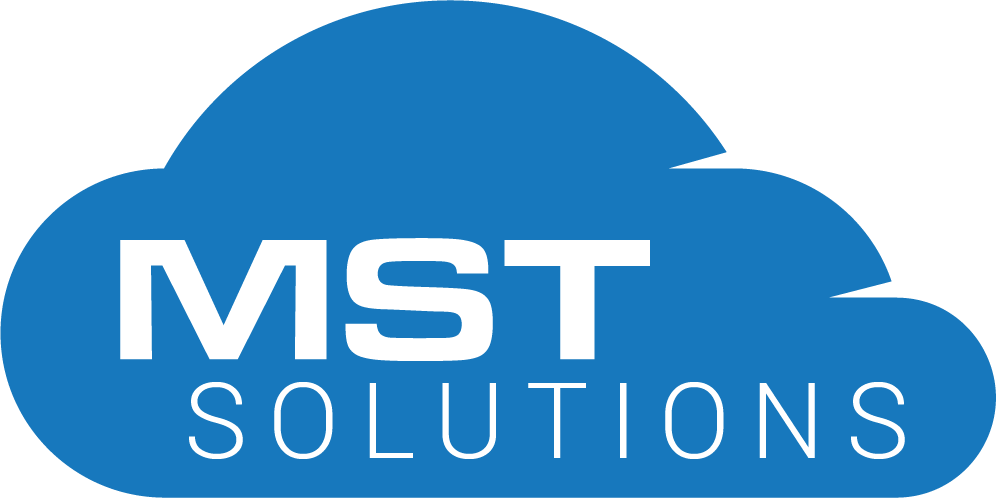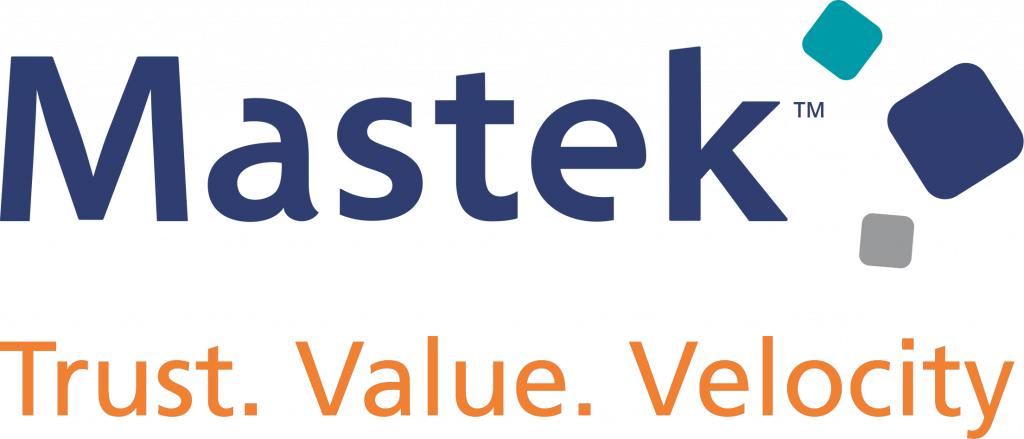Salesforce is making a big push to double its current revenue by 2022, but that goal can’t be achieved without attracting more developers to its platform. People love Salesforce because it can be tailored to just about any business use case. But the vastness of customizable features and proprietary languages have traditionally created a steep learning curve for developers. Fortunately, with Lightning Web Components (LWC), the required technical skillset is less framework-specific, a clear sign Salesforce is doing quite a bit to expand the developer community.
LWC is a new programming model introduced by Salesforce in December 2018 for building Lightning web components. Developers can create reusable components using the latest JavaScript innovations and web standards. Here are the key reasons why we think more developers should be excited about transitioning to Salesforce LWC.
1. High Demand for Developer Talent
Finding top developer talent is one of the major challenges impacting the tech industry, and Salesforce is no different. More developer talent would potentially reduce the anxiety for some of its clients and partners who need more human capital to run and support their business needs.
As Arnal Dayaratna, Research Director of Software Development at IDC states – “The demand for digital solutions exceeds the supply of developer resources that can produce them. The model specific to Salesforce’s Lightning Web Components empowers developers to build web applications using standards-based tools with which they are familiar. By combining this model with a multitude of developer tools that harness command line development skills, low-code development and no-code development, Salesforce’s portfolio of developer tools embraces the diversity of developer personas in the world today.”
2. Less framework Training
Prior to LWC, web developers had to learn the Aura framework before they could build Lightning components. When Salesforce launched the Lightning framework in 2014, they were looking for a programming model that had well laid out web standards and could support large scale client-side applications. Since Salesforce couldn’t find the right programming model, they released their own programming model (Aura) to support the Lightning framework.
But the new model came with its own challenges. Even though frameworks such as React, Angular, and Lightning are all JavaScript frameworks, the skills were not transferable to Aura. Salesforce saw the underlining issue and the need to move towards open web standards that address some of the technical debts such as optimizing the UI rendering for continuous transformation.
With the introduction of LWC, today’s web stack looks completely different and focuses more on web standards and less on the framework.
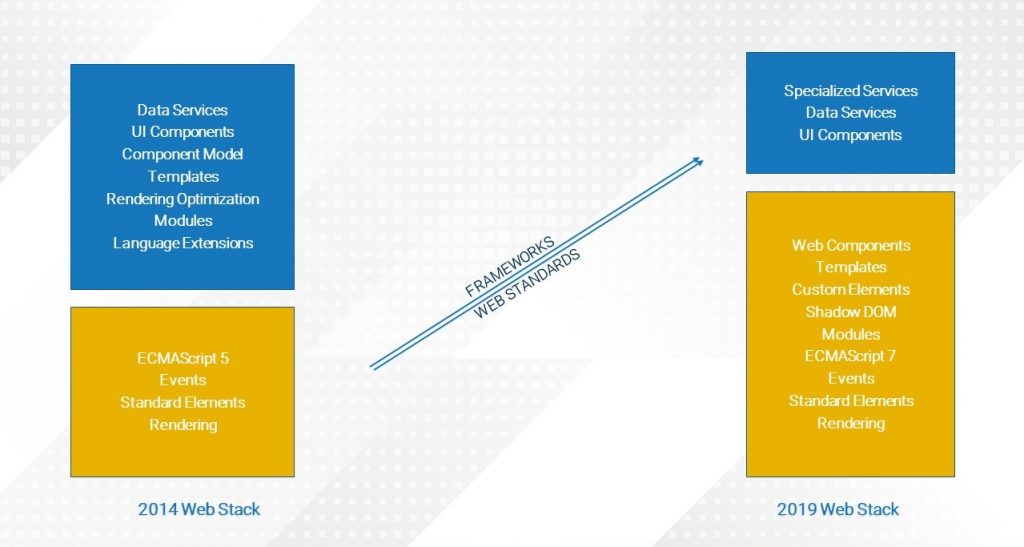
3. Aura & LWC can co-exist
Aura and LWC use Lightning Data Services to communicate with the Salesforce platform. With the introduction of LWC, Salesforce now has two programming models for building Lightning components. In some cases, Aura and LWC components can even be combined in a page and can share the same data.
Aura and LWC components can communicate with each other and their child components through events. Aura uses Application and Component events to communicate with child components or other Aura components. LWC uses Custom Events to communicate with Aura components. LWC interacts with its child components methods and properties exposed though public API’s.
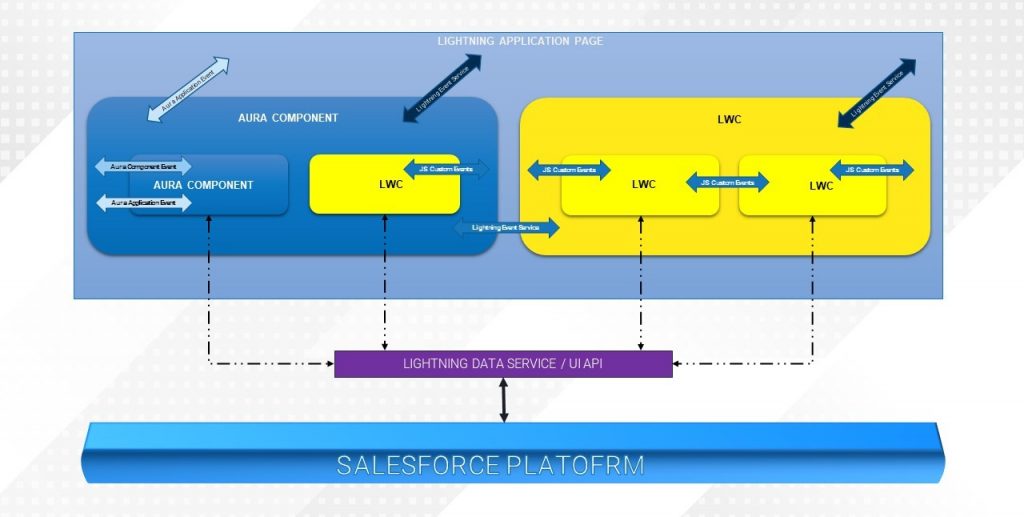
4. Better Security Support
Lightning Locker service is a security architecture for Lightning components that Salesforce introduced in 2016. Lightning Locker enforces security by wrapping each Lightning component in its own container and allowing developers to control access to APIs and framework internals. Locker service is enabled by default for all custom Lightning web components. Locker service aids developers in securing their Lightning web components by enforcing JavaScript security best practices.
5. Standardized Testing & Support
Jest is a powerful open source testing framework created by Facebook, with rich features for writing JavaScript tests. Salesforce has provided developers with an extension of the Jest framework (lwc-jest) for writing unit tests for Lightning web components. This testing framework can run from a local machine, a command line, or VS Code IDE.
6. No More Developer Console
Last, but not the least, the days working in Developer Console are long gone. In the past, project teams had to back up their metadata code every day to make sure it wouldn’t be lost due to a mistaken sandbox refresh. Today, Salesforce is promoting repository-based development that lets developers build components in their local drive, and then push their code to the repository, scratch Org, or to a Salesforce Org. Developers now have a lightweight open source IDE “Visual Studio Code” provided by Microsoft, and can utilize Salesforce DX, where each developer can spin up their own developer org (called scratch org), and work independently.
By leveraging the latest web standards such as JavaScript and CSS, Salesforce has provided specialized services that yield unprecedented productivity and performance. Web developers interested in making the transition to Salesforce can now transfer much more of their skills to the Lightning platform. With the introduction of LWC, Salesforce is making it much easier for clients and partners to ramp up developers for their projects, enabling them to provide better service and paving a bigger path to achieving its own revenue goals.
At MST Solutions, we are always searching for new developers to add to our team. Check out our current open positions.
